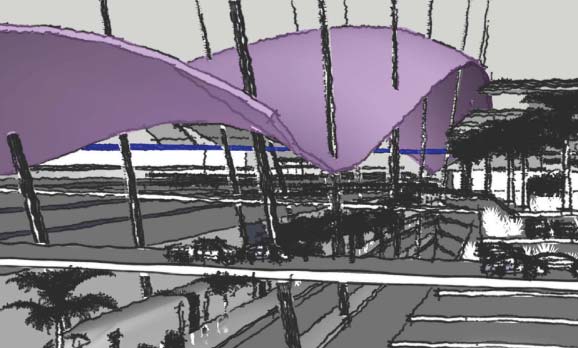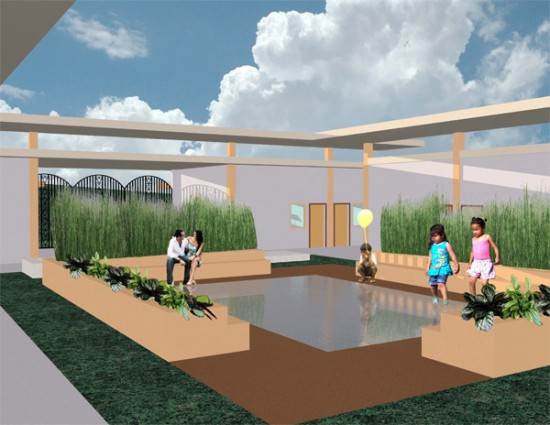With population growth, food production in the United States is reaching maximum capacity. Current trends in development create a struggle between farming and living. These two practices are modeled for their own benefit and are soon to clash in a disastrous agglomeration. The 30,000 plus residents of San Diego’s central urban context consume 21,231,000 pounds of produce each year. A new type of residential tower needs to come forth. Utilizing vertical farming, a new model of urban living can be tested in a dense community.
The residential farm tower located in a vertical community of tourist resources and developer condominiums will provide fresh produce daily to celebrate a direct injection of local goods from farm to market. It proposes a new level of social interface and engagement of the community. Let’s live, share, and grow within our city.
This project was published in the San Diego Union-Tribune.

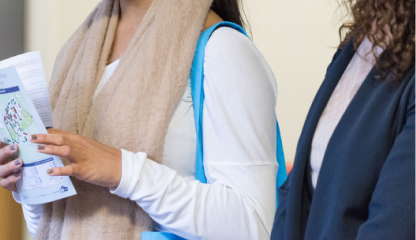
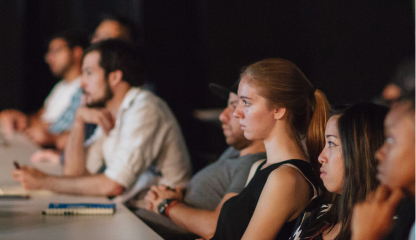
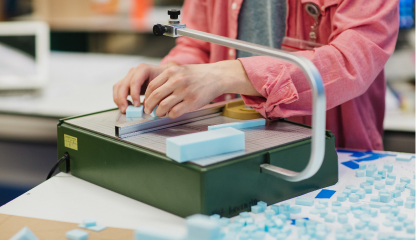
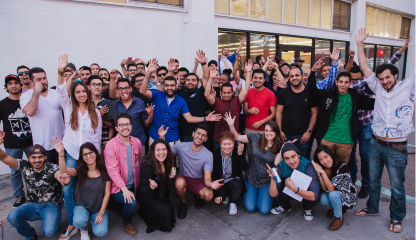
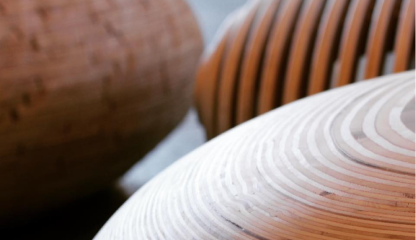



 619-684-8800
619-684-8800
